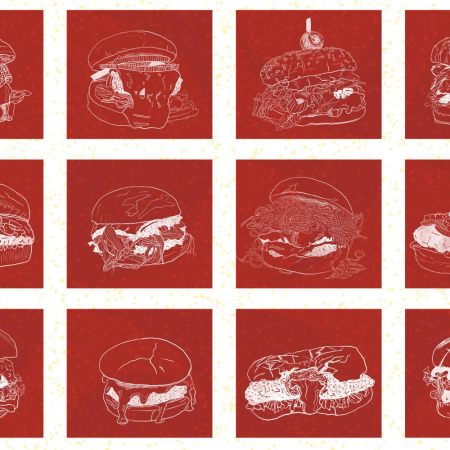The first wave of addiction swept the United States in the late 19th century, in the aftermath of physicians’s first major use of morphine. It was an incredibly effective way to treat pain, and was easily delivered by tablet or hypodermic syringe.
With no criminal regulations on morphine, opium or heroin, Smithsonian Magazine writes, many of these drugs became the “secret ingredient” in readily available, but not always effective, medicines. Since there was no Food and Drug Administration (FDA) in existence at the time to regulate the advertiser’s claims of health products, “patent medicine” flourished.
Manufacturers of these medicines made misleading claims and kept their full ingredient lists and formulas secret. We now know that they often contained cocaine, opium, morphine, alcohol and other intoxicants or toxins. Products like heroin cough drops and cocaine-laced toothache medicine were advertised frequently and sold openly. The ads were brightly colored and enticing.
Thanks for reading InsideHook. Sign up for our daily newsletter and be in the know.


















